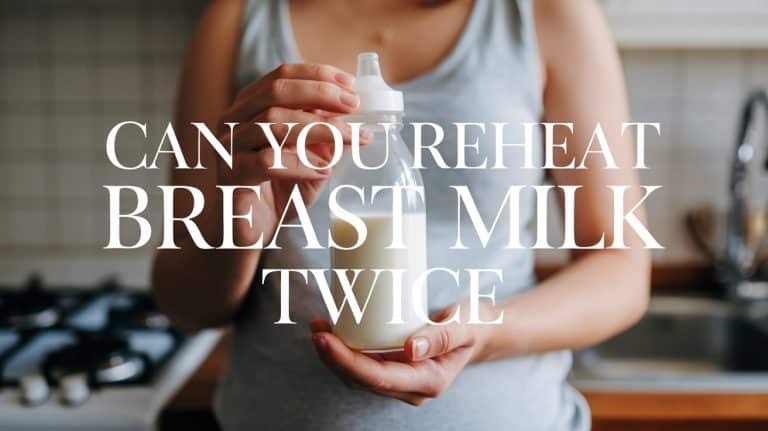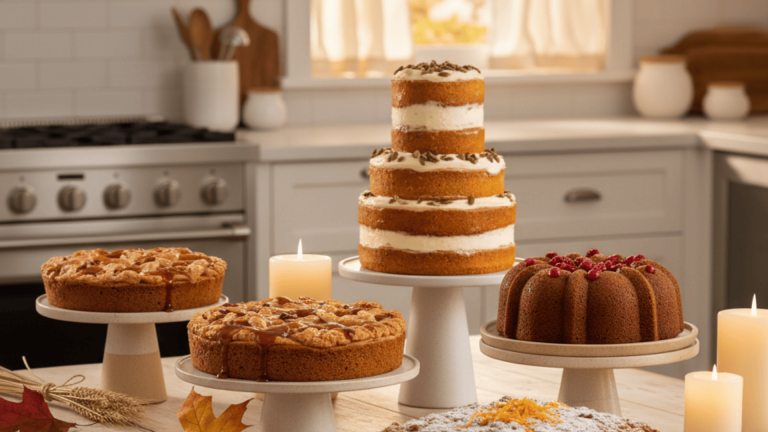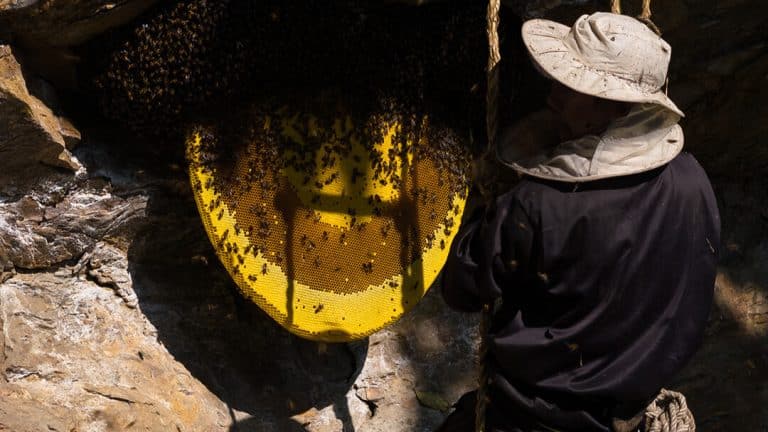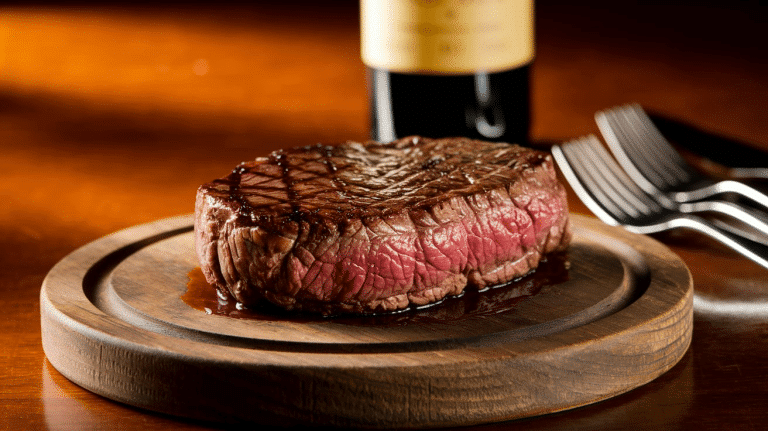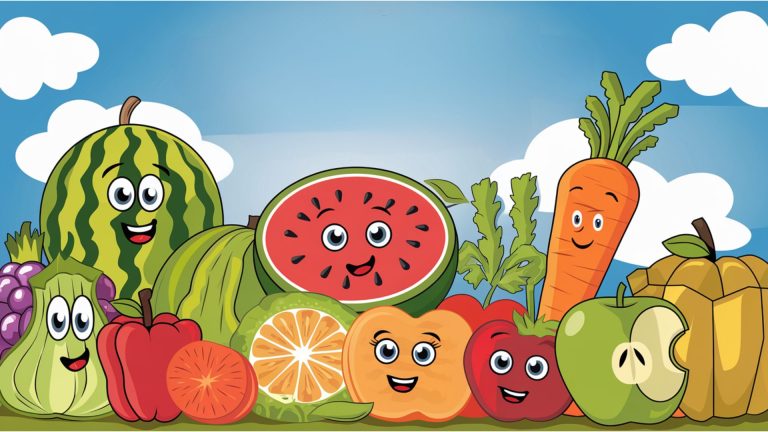It’s 3 AM, and there you are, staring at a half-finished bottle of breast milk while your baby has dozed off. Every drop of liquid gold is precious – I get it!
As a mom who’s pumped countless hours, I know that heart-wrenching feeling of not wanting to waste a single ounce of breast milk. You might be wondering, ‘Can I save this for later and reheat it again?’
Let’s be real—storing and reheating breast milk can sometimes feel like a science experiment. Between late-night feedings and busy days, it’s tempting to bend the rules a little.
But when it comes to your little one’s nutrition and safety, you deserve clear, honest answers about reheating breast milk.
Today, we’ll discuss everything you need to know about reheating breast milk—what’s safe, what’s not, and why it matters.
Why is Reheating Breast Milk Common?

Reheating breast milk has become common due to the practical needs of modern parents. Working mothers, caregivers, and families need flexibility in feeding, making stored and reheated milk essential.
- Working mothers need to pump and store milk for later use
- Babies may not finish entire bottles in one feeding
- Caregivers need flexibility in feeding schedules
- Storage helps maintain milk supply when mother and baby are separated
- Temperature preferences vary among babies
- Some infants may reject cold-stored milk
- Premature babies may need precisely warmed milk
- Lipids in stored milk separate and need redistribution through warming
- Some medications or supplements in milk may require rewarming
Is It Risky to Reaheat Breast Milk Twice?
The practice of reheating breast milk multiple times poses significant risks to both the milk’s nutritional quality and your baby’s health. Understanding these risks is crucial for responsible milk storage and feeding.
1. Bacterial Growth and Safety Risks
- Each reheating cycle dramatically increases bacterial multiplication
- Temperature fluctuations create perfect conditions for harmful bacteria
- Baby’s developing immune system is more vulnerable to pathogens
- Risk of foodborne illness increases significantly with each warming
2. Nutritional and Structural Damage
- Essential nutrients break down with repeated heating cycles
- Protective antibodies and immune properties get destroyed
- Natural fat emulsion breaks down, changing milk consistency
- Vitamins and minerals lose their effectiveness for baby’s growth
3. Temperature and Quality Control
- Uneven heating creates dangerous hot spots in the milk
- Previous warming cycles make temperature control unreliable
- Risk of scalding increases with multiple reheating attempts
- Harder to determine if milk has reached safe temperature
Critical Warning: Reheating breast milk multiple times can compromise your baby’s health and nutritional intake.
How to Safely Reheat Breast Milk?
Ensuring your baby receives safe, nutritionally rich breast milk requires careful reheating techniques.
The right warming method can significantly improve the preservation of milk’s essential properties while providing a comfortable feeding experience for your infant.
Bottle Warmer: The Precision Method: A bottle warmer is an efficient way to reheat breast milk. It works by gently warming the milk to a safe temperature, preserving its nutrients without overheating.
Ensure the bottle is sealed tightly with the nipple and cap securely fastened before placing it into the warmer. Select the appropriate setting specifically designed for breast milk warming.
Wait a few minutes for the warmer to heat the milk evenly throughout. Before feeding, gently shake the bottle and test the temperature to ensure it’s comfortable for your baby.
Warm Water Bath: The Traditional Approach: The warm water bath method involves placing the sealed milk bottle in warm (not boiling) water at 98.6-100.4°F. Fill a bowl with warm water.
Place the sealed bottle in the water, making sure no water enters the container. Gently swirl the bottle occasionally to help warm the milk evenly throughout.
Let the bottle sit in the water for about 5-10 minutes until it reaches the desired temperature. Always test the temperature by placing a drop on your inner wrist to make sure it’s not too hot for your baby.
What to Avoid While Reheating Breast Milk?
Microwaves pose significant risks when heating breast milk. The uneven heating can create dangerous temperature zones that destroy crucial nutrients and potentially harm your baby.
- Never use a microwave (it creates dangerous hot spots and destroys nutrients)
- Avoid boiling or very hot water that can overheat milk
- Don’t heat milk directly on the stovetop
- Never let milk reach temperatures above 104°F (40°C)
- Avoid rapid temperature changes that can damage milk protein
- Don’t refreeze thawed breast milk
How To Store Breast Milk Before Reheating?
Storing breast milk is a critical process that requires careful attention to detail and an understanding of the delicate nature of this liquid gold.
Parents must approach milk storage with a comprehensive strategy that preserves the milk’s nutritional value, protects its immune-boosting properties, and ensures the safety of their infant.
1. Container Selection and Preparation
- Use only food-grade, BPA-free containers or storage bags specifically designed for breast milk
- Ensure containers are thoroughly washed and sterilized before each use
- Choose containers sized appropriately for single feedings to minimize waste
- Inspect containers for cracks, chips, or damage before each use
2. Labeling and Documentation
- Write the date and time of expression clearly on each container
- Include volume/amount stored for easy feeding reference
- Record baby’s name if milk is being stored at daycare
- Use waterproof labels or markers that won’t wash off
How to Handle and Test Reheated Milk?
Ensuring the perfect milk temperature is a critical step in infant feeding, requiring precision and careful attention to protect your baby’s comfort and safety.
Understanding the nuanced approach to temperature testing can transform a potentially stressful moment into a smooth feeding experience.
- Place 2-3 drops on inner wrist or forearm
- Milk should feel barely warm, not hot
- Test different areas of the bottle for hot spots
- Gently swirl (never shake) to distribute heat
- Target temperature: 98.6°F (37°C)
- Check for proper mixing of fat layer
- Look for consistent color throughout
- Ensure no unusual separation
Signs of Spoiled Milk
Understanding the signs of spoiled breast milk can help you avoid giving your baby milk that’s no longer safe or nutritious.
- Fresh breast milk is typically whitish or bluish-white
- Watch for unusual yellow, pink, or brown tints
- Separation is normal, but milk should mix easily when swirled
- Any unusual color change is a red flag
- Fresh milk has a mild, sweet smell
- Spoiled milk smells sour, like regular spoiled milk
- A metallic or fishy odor means it’s gone bad
- Any unusual or off-putting smell is a warning sign
Wrapping Up!
As a mom who’s pumped countless bottles, I know exactly how precious every drop of breast milk feels.
Trust me, standing at the sink watching unused milk go down the drain used to make my heart sink – especially during those exhausting feeding sessions.
But here’s what helped me make peace with it: protecting my baby’s health is worth more than saving a few ounces. Starting with smaller portions during feeds and adjusting as needed made a huge difference in reducing waste.
To all the parents carefully warming bottles – you’ve got this! Those safe feeding choices you’re making, even when they feel hard, are helping your little one grow strong and healthy.
Because at the end of the day, those healthy baby smiles are worth more than any amount of saved milk.
Frequently Asked Questions
Can I Put Breast Milk Back in the Fridge After Warming It?
No, do not return warmed breast milk to the refrigerator. Use within 2 hours of warming or discard to prevent bacterial growth.
How Long is Thawed Breast Milk Good for After Warmed Up?
Thawed breast milk should be used within 1-2 hours after warming. Do not refreeze or store warmed milk for later use.
Can I Reuse Breast Milk Baby Didn’t Finish?
Yes, you can reuse breast milk your baby didn’t finish, but only within 1-2 hours of the initial feeding. After that time, discard any remaining milk to prevent bacterial growth and preserve its nutritional value.

